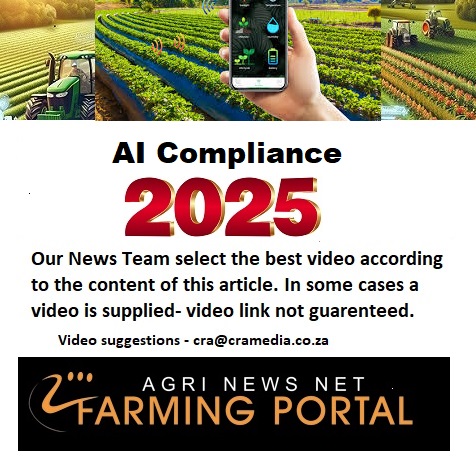Since plants rely on iron for survival, this first-of-its-kind sensor has the potential to improve plant health, support sustainable agriculture, and reduce waste.
Phys.org reported that researchers at MIT's research enterprise in Singapore collaborated with MIT in Massachusetts and Temasek Life Sciences Laboratory to create the near-infrared fluorescent nanosensor. It detects and differentiates between the type of iron plants can readily absorb, Fe(II), and the kind they must first convert to utilize, Fe(III).
The researchers' new nanosensor provides real-time monitoring of plants without impacting their health and provides detailed data about iron dynamics.
It uses single-walled carbon nanotubes and a negatively charged fluorescent polymer to form a helical corona phase structure. This structure interacts with the different forms of iron to trigger a sensor and track how iron moves and changes forms in plants.
They published details about the nanosensor in the journal Nano Letters.
The development is significant because previous methods only measured the total amount of iron without distinguishing between these two types. Being able to differentiate between Fe(II) and Fe(III) can improve iron uptake efficiency, diagnose iron deficiencies, and guide agricultural fertilization for reduced environmental impact.
Dr. Duc Thinh Khong, a co-lead author of the research, said, "With this technology, we can ensure plants receive the right amount of iron, improving crop health and agricultural sustainability."
"This sensor opens new avenues for understanding plant iron metabolism and the implications of different iron variations for plants," Dr. Grace Tan, another co-lead author, shared. "Such knowledge will help guide the development of tailored management approaches to improve crop yield and more cost-effective soil fertilization strategies."
 In-crop nutrient sensors nearing commercial reality
In-crop nutrient sensors nearing commercial reality
Technological innovations like this can lead to more sustainable agricultural practices that are better for people and the planet. Rather than depleting Earth's resources and polluting our land, water, and air, improved farming techniques can improve labor conditions for workers while securing our global food supply.
Other good examples include using solar pumps instead of dirty energy sources to facilitate crop irrigation and a copper-based hydrogel that prevents fertilizers' nitrates from seeping into the earth.
The MIT researchers believe their new nanosensor will be an effective tool in studying plant metabolism, reducing the environmental impacts of fertilizer use, and leading to more nutritious crops produced. They also see its potential beyond just agriculture, as the nanosensor could also be used to study iron-related diseases in animals and humans.
Looking ahead, they are planning additional research into how to integrate the nanosensor into nutrient management systems on farms and expand its functionality beyond just iron to detect additional micronutrients.















